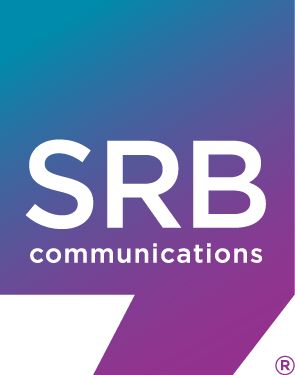News & Insights
Masterful marketing has been mandatory for pioneers in Black theater
While he may be best-known for his Madea character, Tyler Perry is much more. He is a producer, filmmaker, playwriter, director, actor and philanthropist. But most of all, Tyler Perry is a master marketer.
Long before he became a household name and billionaire media mogul, he recognized the importance of marketing productions that featured Black actors for Black audiences.
In the documentary “Maxine’s Baby: The Tyler Perry Story,” released on Prime Video in November, we saw how masterful Perry is. He took such marketing to new levels.
Tyler Perry developed content for the underserved and unappreciated, particularly Black women and churchgoers.
He tirelessly took his plays around the country throughout the early 2000s, using word of mouth with minimal advertising and a massive mailing list.
A high school dropout, Perry began writing plays while he worked as a car salesman and bill collector. He was able to save $12,000, he produced “I know I’ve been changed.” He was constantly tweaking the production and had to live out of his car because he wasn’t making enough money to pay his rent.
But he found his sweet spot. He toured relentlessly, and slowly built a strong following among Black women and churchgoers —older Black women like his mother. His iconic character, Madea, described by Forbes magazine as “a straight-talking grandmother with a bad wig, a large stomach and even larger breasts,” became iconic and a must-see spectacle on the so-called “Chitlin Circuit,” of small theaters in Black communities nationwide.
Perry transitioned to film in 2005 and became a huge box-office success from outside Hollywood’s system with the film “Diary of a Mad Black Woman,” which he wrote and produced as an adaptation of his successful play.
He has done 24 feature films, 20 stage plays, 17 television shows, two best-selling books and built an entertainment empire, according to his website. All because he knows how to market and who to market to.
Lionsgate executive Mike Paseornek said people later would suggest candidates as “the next Tyler Perry.” Paseornek would respond with a question: “Does he tour 280-300 days a year, getting to know his audience? If he doesn’t, then you don’t have the next Tyler Perry.”
Vy Higginsen, another pioneer and master at marketing to Black audiences.
Vy Higginsen, a pioneering disc jockey on New York’s WBLS-FM, wrote and produced “Mama I Want to Sing” in 1983. The show eventually became the longest-running Black off-Broadway musical in American history, playing for eight years and over 2,500 performances. Talents such as Tisha Campbell (who beat out Whitney Houston) and Stephanie Mills worked on the production, which later toured the country and played in London.
Higginson said tapping the Black audience for theater required specialized knowledge and unconventional tactics, some of which she learned earlier as an advertising saleswoman at Ebony magazine. According to the New York Times:
- Promotional material was distributed regularly to a 25,000-name mailing list
- Part-timers were hired to promote group sales and target Black organizations
- Theater parties were encouraged and groups got discounts on already low ticket prices
“It’s not coincidental that people come to our show in buses, because Black people love to make a bus trip,” she told the Times. “I remember how I used to love bus trips as a child, when our Sunday school choir would take day trips. Bus trips are how we enjoy each other’s company.”
Why did so many “Mama I Want to Sing” groups consist of 49 patrons? “That’s the exact number of seats on the bus,” she said.
Bus trips might not be as popular as before, but Higginson still got the word out when Mama I Want to Sing” returned to New York for three weeks to the 40th anniversary. And with the advent of owned media and social networks, Perry said he rarely uses his 800,000-name email list anymore.
But Black entrepreneurs in theater and other pursuits have honed marketing strategies to reach diverse customers within and outside their communities:
- Strike emotional chords that appeal to the audience and line up with their values.
- Determine the needs and wants of the consumers.
- Interact with trusted individuals within the target audience.
It works in areas outside the creative arts, too. Even if you don’t develop a character as memorable as Madea.



